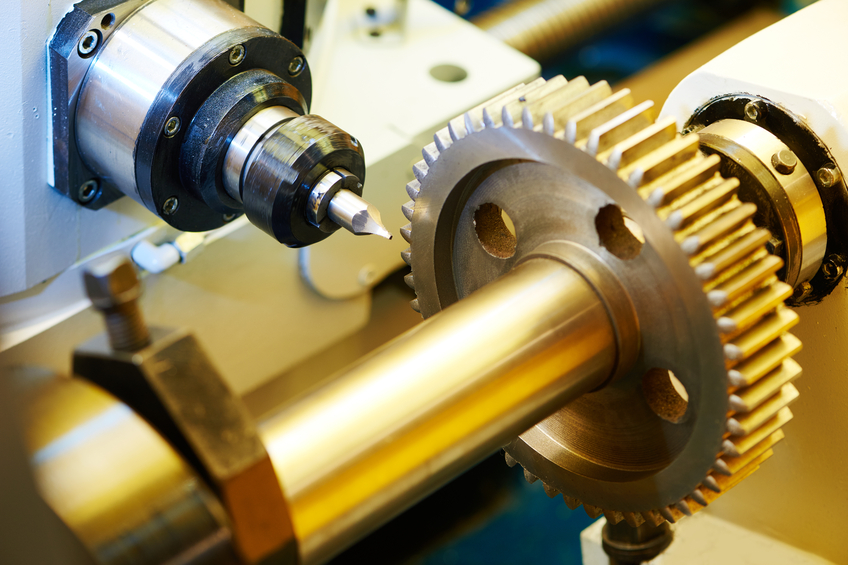Flow Measurement in Pipes and Ducts

This online engineering PDH course provides guidance on the measurement of the flow rate of a fluid flowing under pressure in a closed conduit. Several categories of pipe flow measurement devices will be described and discussed, including some associated calculations.
The closed conduit is often circular, but also may be square or rectangular (such as a heating duct) or any other shape. The other major category of flow is open channel flow, which is the flow of a liquid with a free surface open to atmospheric pressure. Measurement of the flow rate of a fluid flowing under pressure, is carried out for a variety of purposes, such as billing for water supply to homes or businesses or, for monitoring or process control of a wide variety of industrial processes, which involve flowing fluids.
This 4 PDH online course is intended primarily for mechanical, civil and chemical, environmental, and industrial engineers. Someone completing this course will gain knowledge about twelve different types of meters for measuring fluid flow rate in a closed conduit. They will learn about typical calculations for differential pressure meters and pitot tubes. They will learn the general principles of operation for each type and general advantages and disadvantages of each.
This PE continuing education course is intended to provide you with the following specific knowledge and skills:
- Ability to calculate flow rate from measured pressure difference, fluid properties, and meter parameters, using the provided liquid flow equations for venturi, orifice, and flow nozzle meters.
- Ability to calculate flow rate from measured pressure difference, fluid properties, and meter parameters, using the provided gas flow equations for venturi, orifice, and flow nozzle meters.
- Determining which type of ISO standard pressure tap locations are being used for a given orifice meter.
- Ability to calculate the orifice coefficient, Co, for specified orifice and pipe diameters, pressure tap locations and fluid properties.
- Estimating the density of a specified gas at specified temperature and pressure using the Ideal Gas Equation.
- Ability to calculate the velocity of a fluid for given pitot tube reading and fluid density.
- Knowing the general configuration and principle of operation of rotameters and positive displacement, electromagnetic, target, turbine, vortex, ultrasonic, Coriolis mass flow, and thermal mass flow meters.
- Familiarizing with the general characteristics of the types of flow meters discussed in this course, as summarized in Table 2 of the course content.
In this professional engineering CEU course, you need to review the document titled, “Flow Measurement in Pipes and Ducts”.
Once you complete your course review, you need to take a multiple-choice quiz consisting of twenty five (25) questions to earn 4 PDH credits. The quiz will be based on the entire document.
Upon successful completion of the quiz, print your Certificate of Completion instantly. (Note: if you are paying by check or money order, you will be able to print it after we receive your payment.) For your convenience, we will also email it to you. Please note that you can log in to your account at any time to access and print your Certificate of Completion.